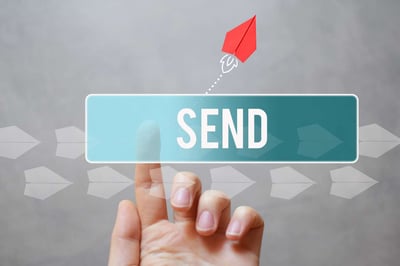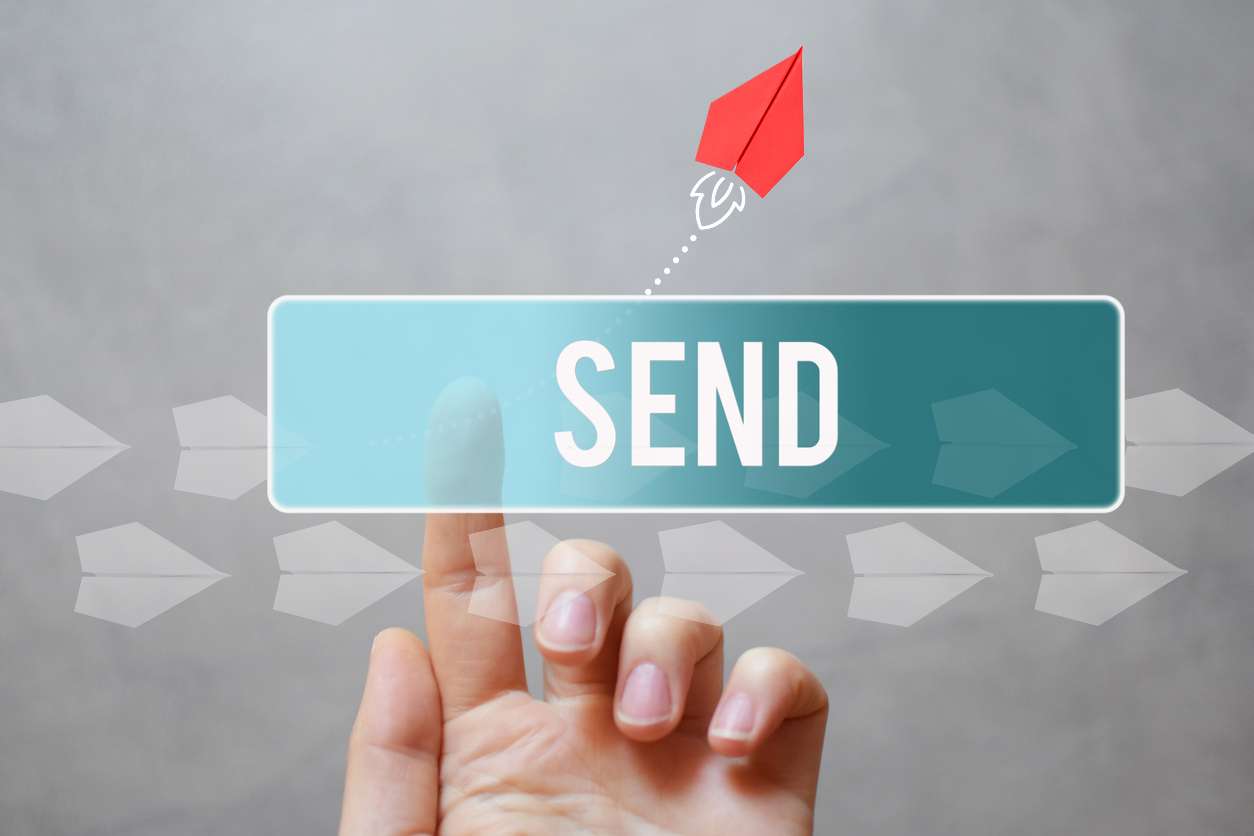How to Craft a Nonprofit Email Marketing Strategy that Delivers
 Email marketing takes time, effort, creativity, and tools. If your email marketing strategy isn’t delivering results, or if you’ve let it lag and need to decide whether to invest in a reboot, this blog is for you. Data shows email marketing is still essential, and following a few simple guidelines will make your efforts pay off.
Email marketing takes time, effort, creativity, and tools. If your email marketing strategy isn’t delivering results, or if you’ve let it lag and need to decide whether to invest in a reboot, this blog is for you. Data shows email marketing is still essential, and following a few simple guidelines will make your efforts pay off.
Data Shows Email Marketing Is Worth The Effort
For many nonprofit marketers, email strategy goes something like this: After hours spent writing and formatting the monthly e-newsletter, you cross your fingers and click “send.” Over the next few days, you check your open and click rates with growing disappointment. You don’t know how it’s possible to have hundreds of contacts… but no engagement.
What’s the problem here? Is email marketing a losing game? Have fast‑moving social media platforms like Twitter and Instagram made email marketing a relic of days gone by?
The good news—and bad news—is that if you’re not getting results from your email marketing, it’s you. More specifically, it’s your email marketing strategy.
According to HubSpot, email marketing is “one of the oldest and yet most effective messaging channels.” Here’s proof that your e-newsletters are worth their word counts in gold:
- Email generates $38 for every $1 spent.
- 73% of millennials prefer to hear from organizations via email.
- 78% of marketers have seen an increase in email engagement in the last year.
- 59% of survey respondents said emails influence their buying decisions.
- 3.9 billion users check or send email daily.
Why Email Marketing Is Here to Stay
Some social channels are here today, gone tomorrow. Maybe you’re concerned about pouring valuable resources into a marketing strategy that isn’t sustainable long‑term. Inbound trends will change, but here’s how we know email marketing is here to stay:
- Email is personal. Having someone’s email address is an invitation to their inbox. Your message will arrive alongside notes from their mother, boss, and favorite retail outlet.
- Email is infinitely adaptable. Part of your email marketing strategy should involve honoring that invitation into your recipients’ inboxes. You can—and should—segment your email lists according to whether the person is a subscriber, lead, or customer. And the content of your emails should reflect what you know about their challenges and behavior.
- Email is easy to begin. Once you’ve created an overall marketing plan and developed marketing collateral, it doesn’t take much extra effort to start emailing. Gathering contacts, segmenting with purpose, and creating relevant content will have you well on your way.
5 Keys to an Effective Email Marketing Strategy
A strong email marketing strategy is a cornerstone of any successful nonprofit marketing plan. Maybe you know you need a complete email marketing overhaul. Or maybe you simply want to boost the effectiveness of your current strategy. Either way, start by focusing on these keys to an email marketing strategy that nurtures long‑term relationships.
1. Earn your email subscribers.
Don’t purchase lists. Do tell your prospective subscribers exactly what you’ll deliver that is valuable, relevant, and meaningful to them.
Are you offering tools and tips? Product updates? Offers? Subscribers don’t want clutter. They want value. Bake valuable insights into your e-newsletters, then connect the email content with even more relevant resources on your website.
2. Send the right information to the right people.
Once you’ve created buyer personas, segment your list based on those profiles. Segmenting also helps you gauge the activity of different types of prospects and systematically offer the content they’re seeking.
If you have customers interested in red high heels, would you send them an email about trending blue sneakers? Apply this perspective to your organization's services and products. Learn who your audience is, then offer information that pertains to their interests.
3. Pack your emails with fascinating content.
Email marketing should be part of a holistic plan to nurture prospects and delight customers. Offer email content that entices readers to click through to your website—the machine that turns visitors into leads! Each email should notify recipients of compelling offers, organization updates, and interesting content on the blog or website.
Email design tactics include:
- Compelling, share‑worthy photos
- Bold headings
- Short bursts of text
- “Read More” links that direct users to a full blog post or website pillar page
4. Make your emails part of a big‑picture strategy.
Think about the entire life cycle of your target audience—from website visitor to loyal supporter. What role do your emails play in moving prospects through the process?
Consider this: Seventy‑five percent of website traffic comes from users who are still in research mode. They are not ready to buy! You’ll lose these visitors forever if their only means of engagement is a contact form to request a consultation.
Your overall marketing strategy—including emails—should include a progression of information and calls to action (CTAs). Begin with information that will be valuable to all prospects. As you gain prospects’ interest and trust, offer them deeper knowledge and tools that speak to their pains, concerns, questions, or interests. As they continue to read your content, write more about your product or service. Offer case studies or product demonstrations, then invite them to get in touch or schedule a consultation. By nurturing the relationship, you increase your chances of converting a visitor into a lead.
Segmentation is key to successfully leading your subscribers through this process. Sometimes contacts don’t become customers, so you’ll need to have a plan in place to continue engaging them with email content. If you continue providing valuable information, they could become promoters of your brand.
5. Use tools to coordinate your email marketing efforts.
You need a solid email marketing strategy. But you also need the resources and systems to make it happen.
In a pinch, publishing calendars and spreadsheets can help you plan your email campaigns and related content. Use your tools to track which emails are triggered at each stage of the buyer journey—and how and when the content will be delivered.
To thrive in the email marketing game, use email marketing software that facilitates and integrates your marketing processes. You need at least the following features to succeed with email marketing:
- Optimized and versatile email templates
- Automatic personalization of subject lines and content for each recipient
- Workflows to automate lead nurturing emails and lead scoring
- Ability to run A/B tests to improve open rates and click‑through rates
- Full integration with your contacts’ browsing and conversion history with your company
- Easy tools to maximize delivery (sending domain validation, low‑engagement filters)
Don’t let your contact list sit around gathering dust. Send emails out at regular intervals. Recipients are more likely to read your email when they’re consistent. As you use planning tools to create each monthly or quarterly email calendar, consider who’s on your contact list, what information would feed their souls, and how to engage them with solutions to their problems.


